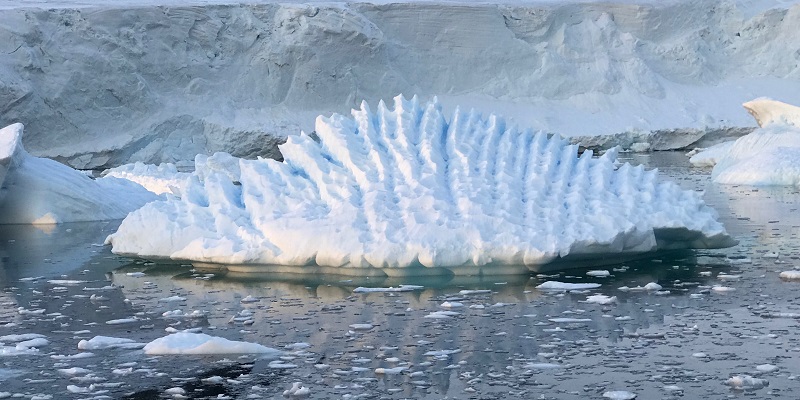Environment & Energy
Related: About this forumOne Quarter Of West Antarctic Ice Sheet Now Destabilized; Thinning Of Up to 122 Meters Confirmed
Mods - Press Release

In only 25 years, ocean melting has caused ice thinning to spread across West Antarctica so rapidly that 24% of its glacier ice is now affected, according to a new study.
By combining 25 years of European Space Agency satellite altimeter measurements and a model of the regional climate, the UK Centre for Polar Observation and Modelling (CPOM) have tracked changes in snow and ice cover across the continent.
A team of researchers, led by Professor Andy Shepherd from School of Earth and Environment at the University of Leeds, found that Antarctica’s ice sheet has thinned by up to 122 metres in places, with the most rapid changes occurring in West Antarctica where ocean melting has triggered glacier imbalance.
This means that the affected glaciers are unstable as they are losing more mass through melting and iceberg calving than they are gaining through snowfall.
The team found that the pattern of glacier thinning has not been static.
Since 1992, the thinning has spread across 24% of West Antarctica and over the majority of its largest ice streams - the Pine Island and Thwaites Glaciers - which are now losing ice five times faster than they were at the start of the survey.
The study, published today in Geophysical Research Letters, used over 800 million measurements of the Antarctic ice sheet height recorded by the ERS-1, ERS-2, Envisat, and CryoSat-2 satellite altimeter missions between 1992 and 2017 and simulations of snowfall over the same period produced by the RACMO regional climate model.
Together, these measurements allow changes in the ice sheet height to be separated into those due to weather patterns, such as less snowfall, and those due to longer term changes in climate, such as increasing ocean temperatures that eat away ice.

Time sequence of Antarctic glacier ice thickness change (left) and associated contribution to sea level rise (right) between 1992 and 2017.
Professor Shepherd added: “Knowing how much snow has fallen has really helped us to detect the underlying change in glacier ice within the satellite record.
"We can see clearly now that a wave of thinning has spread rapidly across some of Antarctica’s most vulnerable glaciers, and their losses are driving up sea levels around the planet.
“Altogether, ice losses from East and West Antarctica have contributed 4.6 mm to global sea level rise since 1992.”
Dr Marcus Engdahl of the European Space Agency, a co-author of the study, added: “This is an important demonstration of how satellite missions can help us to understand how our planet is changing.
"The polar regions are hostile environments and are extremely difficult to access from the ground. Because of this, the view from space is an essential tool for tracking the effects of climate change.”
Further information:
The paper Trends in Antarctic Ice Sheet Elevation and Mass is published in Geophysical Research Letters 16 May 2019
The ERS-1, ERS-2, ENVISAT and CryoSat-2 satellite radar altimetry time-series produced in this study was funded by the European Space Agency Climate Change Initiative and the data is freely available online.
The RACMO regional climate model data used in this study were provided by Michiel van den Broeke and Stefan Ligtenberg of the University of Utrecht
Professor Andy Shepherd is available for comment. For additional information please contact University of Leeds press officer Anna Harrison a.harrison@leeds.ac.uk or +44 (0)113 34 34196
END
http://www.leeds.ac.uk/news/article/4417/nearly_a_quarter_of_west_antarctic_ice_is_now_unstable